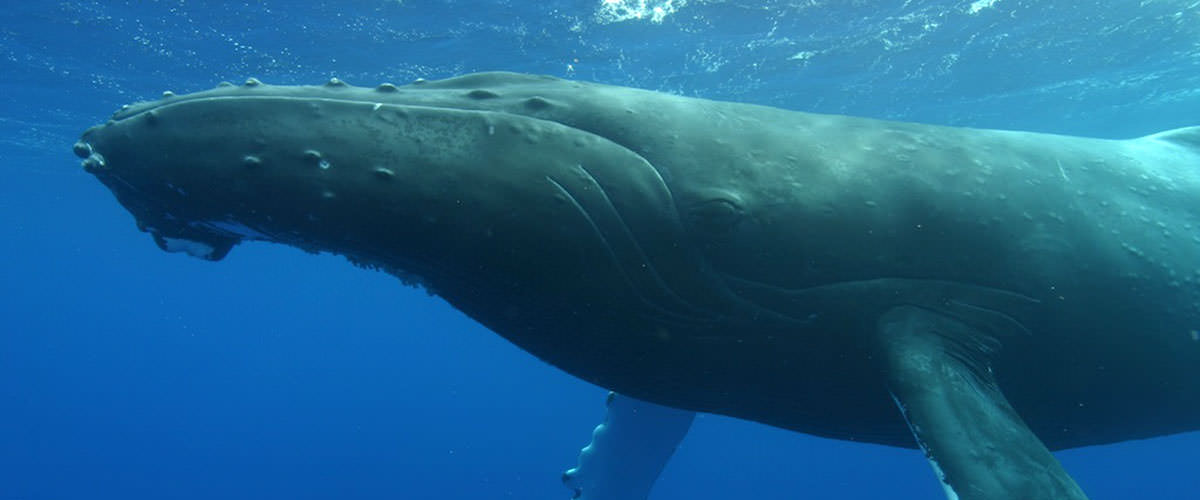
Click on individual links below to learn more about the immediate science needs for critical management issues. To contact us about the science needs described below, contact the Sanctuary Research Coordinators.
-
Health Assessment of Key Living Marine Resources
Cetaceans, including the humpback whale, are key and iconic living marine resources throughout the Hawaiian Islands. In order to continue managing and conserving these key resources, the Hawaiian Islands Humpback Whale National Marine Sanctuary needs to not only determine their population abundance and habitat usage, but also monitor the overall health of individuals and populations throughout the Sanctuary and nearby waters. (Updated September 2014)
-
Threat Analysis: Large Whale Entanglements
The humpback whale is iconic and a key living marine resource throughout the waters of the Hawaiian Islands which support a multi-million dollar tourist industry. Entanglement in marine debris and active fishing gear is a major threat to cetaceans. Entanglement can impact humpback whales at population and individual levels. It also impacts humans through various industries and can cause public safety concerns. In order to continue managing and conserving this key resource, the Hawaiian Islands Humpback Whale National Marine Sanctuary needs to monitor, quantify, and as appropriate, mitigate the threat of entanglement to humpback whales, and other marine species, throughout the Sanctuary waters as well as beyond where applicable. (Updated September 2014)
-
Monitoring Distribution and Abundance of Key Resources
The central North Pacific stock of humpback whales is generally considered to be recovering. The most recent estimates place the population at more than 20K (Calambokidis et al, 2008). In order to continue managing and conserving this key resource, the Hawaiian Islands Humpback Whale National Marine Sanctuary needs to be able to determine robust estimates of density and distribution of humpback whales throughout Sanctuary and nearby waters. Information will provide a measure of population health through relative abundance, and habitat usage, both spatially and temporally. Spatial information will help determine preferred habitats, site fidelity considerations, and usage patterns (e.g. high-use areas by mother and calves). As the humpback whales' presence in the Sanctuary is seasonal, temporal parameters, such as arrival, residency times, and peak usage, need to be considered. With the likely continued near-term increase in humpback whale population numbers, their spatial and temporal habitat usage will likely change, and will likely have greater bearing on the ecology and impact on other organisms, including humans (e.g. ship-strikes). (Updated September 2014)

